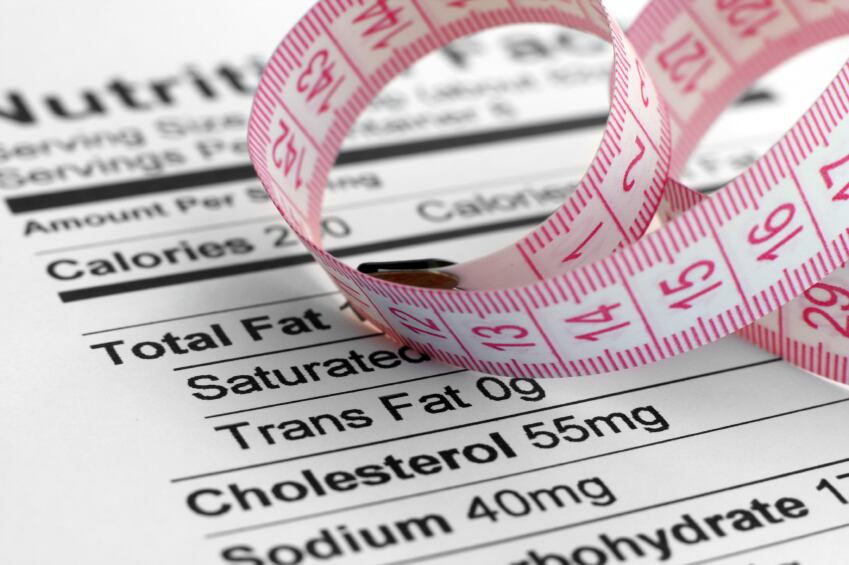Published in Physiology & Behavior, Claire Zizza from Auburn University’s Academy of Nutrition and Dietetics investigated the health impacts of snacking and strategies that could be used to make healthy recommendations.
Although snacking and meal frequency recommendations have previously been dismissed from dietary guidelines, Zizza said there was a need for public messages that targeted both snacking and meal behavior because for many consumers, snacks and increased eating frequency could form an important part of a healthy diet.
For consumers aged over 65 years, she said snacking could contribute to additional years of high functioning, living independently and a higher quality of life. For those aged 18-60 and unable to access foods for an active, healthy life snacks could help address chronic conditions like obesity, diabetes mellitus, high blood pressure and heart disease, she said.
However, work had to be done on communicating snacking recommendations, she warned.
“Public health programs cannot be effective if their message development is based entirely on clinical and epidemiological research findings. Message strategies need to be relevant and meaningful to the target audience.”
She said the term ‘snack’ generally held negative connotations for many and alternative terms and descriptions should be adopted. “Messages that focus on eating behaviors in the context of other daily activities, such as sleeping, exercising, working, relaxing, and socializing, would likely be more effective than messages using the term snack.”

Warning: One size does not fit all
However, Zizza said a single, global recommendation would never work.
“Developing national recommendations regarding snacking is extremely problematic for numerous reasons. One size does not fit all when considering the consequences of snacking on measures of health, and thus one universal dietary recommendation may not be appropriate for every life-stage group,” she said.
Food and nutrient needs differed according to many individual-level factors, she said, one example was age. “It is well established that infants, toddlers, children, adolescents, young adults, middle-age adults, and older adults have varying nutritional needs.”
In addition, defining ‘dietary behaviors’ was an issue for researchers and study participants across the globe - what was a ‘snack’, for example? And how did this differ from a meal? This differed according to consumer groups and countries, she said.
Good reasons for older consumers to snack

The researcher said there were a number of positive indications on how snacking impacted health in older adults. For example, “snacking may be a means for older adults to obtain shortfall nutrients that cannot be obtained by consuming only three meals a day”, she said.
NHANES data from 1999-2002 indicated that snacking contributed a quarter of energy and carbohydrate intake in older adults, 14% of their protein intake and a fifth of their daily fat intake. Older adults who did not report snacking had, on average, very low intakes of energy.
Gait speed – a performance-based measure of physical function – also improved with snacking in older adults, findings showed.
Earlier NHANES data (2003-2006) also indicated that snacking in older consumers contributed to increased daily intakes of vitamins A, C and E, as well as beta-carotene and magnesium, copper and potassium.
The increase in vitamin E and potassium was of most importance, Zizzi said, given these two nutrients had been acknowledged as a concern for older adults.
Snack impacts in younger adults with reduced access to healthy foods

For younger adults aged 18-60 with reduced access to healthy, safe foods - those who were food insecure - snacking could work to create positive energy balance and subsequent weight gain, she said.
However, findings from NHANES data from 1999-2004 combined with 2005 Health Eating Index data showed that snacking marginally improved overall nutrition intake in adults 20 years and older.
“Although the magnitude of the association between snacking and overall diet quality was modest, the direction of the association is notable. Snacking was not associated with poorer overall diet quality and was associated with a slightly more nutrient-dense diet,” the researcher said.
Snacking was associated with an increase in total fruit, whole grains, milk, oils and sodium consumption, although a lower vegetable, meat and bean intake.
Zizza said that these complex findings flagged how some food and beverages that have generally been labeled as low quality because of one attribute may make other healthful contributions to the diet.
Source: Journal of Physiology & Behavior
Published online ahead of print, doi: 10.1016/j.physbeh.2014.01.034. Print: July 2014, volume 134, pages 32-37
"Healthy snacking recommendations: One size does not fit all"
Author: Claire Zizza
